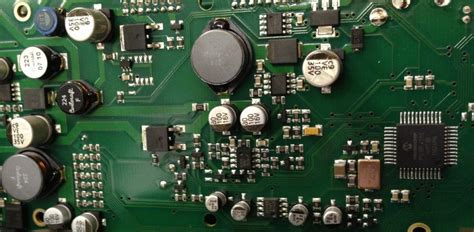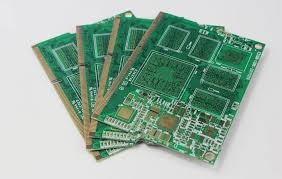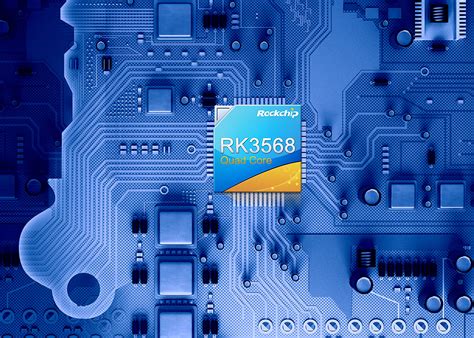Efficient Surface Mount PCB Assembly Techniques and Insights
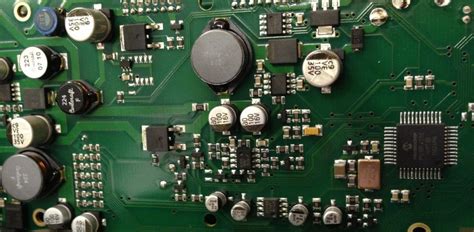
Key Takeaways
In the realm of PCB assembly, understanding the intricacies of surface mount technology (SMT) is vital for achieving optimal performance. This approach allows for the miniaturization of electronic products while maintaining high-efficiency levels in manufacturing processes. One of the foremost insights to consider is the importance of workflow optimization. Streamlining processes not only leads to less downtime but also enhances operational throughput, ultimately resulting in a more effective PCBA.
Moreover, leveraging advanced tools and equipment can dramatically uplift precision during assembly. Accurate placement and soldering are critical in SMT, as they reduce defects and improve overall product reliability. Investing in automated inspection systems ensures that each component is properly aligned, which can mitigate common issues encountered during assembly.
Finally, establishing rigorous quality control measures is essential for maintaining high standards throughout the SMT process. It’s worthwhile to engage in continuous feedback loops with manufacturing teams to adapt and refine these protocols proactively. Overall, by focusing on these key strategies and insights, industry professionals can significantly improve their surface mount PCB assembly practices, leading to better outcomes in electronic manufacturing.
| Technique | Benefits |
|---|---|
| Workflow Optimization | Reduces downtime |
| Advanced Tools and Equipment | Increases precision |
| Rigorous Quality Control Measures | Enhances reliability and reduces defects |
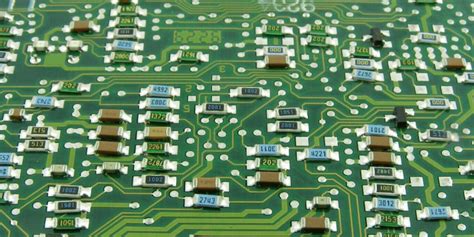
Introduction to Surface Mount PCB Assembly: Understanding the Basics
Surface Mount PCB Assembly (SMT) has revolutionized the electronic manufacturing landscape, providing a method to mount components directly onto the surface of printed circuit boards (PCBs). The inherent advantages of this technique, such as reduced assembly time and improved component placement accuracy, make it an attractive choice for manufacturers. Unlike traditional through-hole technology, where components are inserted into drilled holes, surface mount technology allows for a higher component density, leading to more compact and efficient designs. This is particularly beneficial in today’s high-performance electronics markets.
Understanding PCB assembly requires familiarity with various processes and methodologies that enhance performance. The combination of precision machinery and automated workflows has set the stage for achieving superior results. For instance, the use of solder paste printers ensures that solder is applied in a controlled manner, which is vital for achieving reliable connections. Furthermore, rapid advancements in pick-and-place machines have increased placement speeds while maintaining the precision needed for complex layouts.
"Incorporating automation in PCB assembly can drastically reduce errors while increasing productivity."
As manufacturers strive to remain competitive, mastering PCBA through efficient techniques becomes imperative. Understanding these foundational elements sets the stage for exploring more advanced concepts and strategies that drive efficiency and quality in SMT processes. With these insights, industry professionals can better navigate the complexities of electronic manufacturing in today’s fast-paced environment.
Key Techniques for Improving Surface Mount PCB Assembly Efficiency
In the fast-paced world of electronics, the efficiency of pcb assembly is paramount. To enhance the performance of surface mount technology (SMT) assembly, professionals are increasingly adopting various techniques tailored to optimize productivity and precision. One effective approach is the implementation of automated machines, which not only speed up the pcba process but also minimize human error, ensuring consistent quality in assembly outcomes. Additionally, utilizing advanced software for layout design can lead to better component placement and reduced spacing errors during the initial stages of assembly. Furthermore, thorough training for employees on proper handling techniques can significantly impact the overall efficiency of pcb assembly operations. By focusing on these key methods—such as automation, effective layout planning, and comprehensive training—manufacturers can achieve a remarkable enhancement in their SMT processes. Embracing these strategies allows for smoother workflows and a marked improvement in product reliability, which is essential in today’s competitive market landscape.
Workflow Optimization Strategies in Surface Mount Technology
In the realm of surface mount PCB assembly, enhancing workflow efficiency is essential for achieving high-quality and reliable products. One effective strategy is to implement a modular approach that allows for flexible reconfiguration of workstations based on production needs. This adaptability not only minimizes downtime but also supports pcb assembly processes by facilitating smoother transitions between different project phases. Additionally, employing automated tools and precise machinery can drastically cut down on manual labor and human error, thereby increasing accuracy in PCBA outputs.
Furthermore, optimizing material logistics plays a critical role in workflow efficiency. By ensuring that components are readily accessible and organized, manufacturers can reduce the time spent searching for materials, allowing for continuous and uninterrupted production flow. Implementing digital inventory management systems can provide real-time updates on stock levels, aiding in timely restocking and preventing shortages that disrupt the assembly line.
Moreover, comprehensive training programs for staff focused on surface mount technology best practices enhance skill sets, leading to streamlined operations. Engaging workers in continuous improvement initiatives can also stimulates innovation and accountability within the team, ultimately contributing to a culture of efficiency. By prioritizing these optimization strategies, companies can expect improved performance metrics and an overall boost in productivity within their pcb assembly processes.

Enhancing Precision: Tools and Equipment for SMT Assembly
Achieving high levels of precision in surface mount PCB assembly (SMT) is vital for the success of any electronic manufacturing process. The right tools and equipment can significantly enhance the accuracy of components placed on a printed circuit board (PCB), ensuring that the final product meets stringent quality standards. Essential tools include advanced pick-and-place machines, which automate the placement of surface mount components with unparalleled precision, reducing human error. Additionally, soldering techniques such as reflow soldering and wave soldering are crucial for ensuring reliable connections between components and the PCB. Implementing automated optical inspection (AOI) systems further boosts precision by systematically inspecting solder joints and component placement, catching defects before products proceed down the assembly line. Moreover, incorporating high-quality software for layout design facilitates optimal placement of components on the PCB, allowing engineers to create a PCB assembly that balances electrical performance and manufacturability. By leveraging these innovative tools and technologies, manufacturers can improve their processes related to pcba, increasing reliability while lowering production costs, thus achieving a well-rounded approach to enhancing precision in SMT assembly.
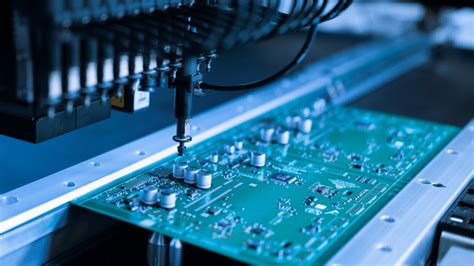
Common Challenges in Surface Mount PCB Assembly and Solutions
Surface mount PCB assembly (SMT) comes with its own set of challenges that can impact the efficiency and quality of the final product. One common issue is the alignment of components, where even slight deviations can lead to poor solder connections or malfunctioning boards. To address this, utilizing advanced placement machines with edge-to-edge optical inspection can significantly enhance precision during the PCBA process. Another challenge faced in the industry is thermal management during soldering, which can manifest as overheating or insufficient heating of components. Implementing precise temperature profiling through thermal imaging cameras ensures each component receives optimal heat during soldering, ultimately leading to improved reliability in the assembled PCB. Additionally, contamination is a persistent concern that can compromise the quality of solder joints and overall durability. Adopting strict cleanliness protocols and using high-quality materials can help mitigate these risks. By identifying these challenges early on and applying targeted solutions, manufacturers can enhance their SMT efficiency while ensuring high standards in electronic manufacturing processes.
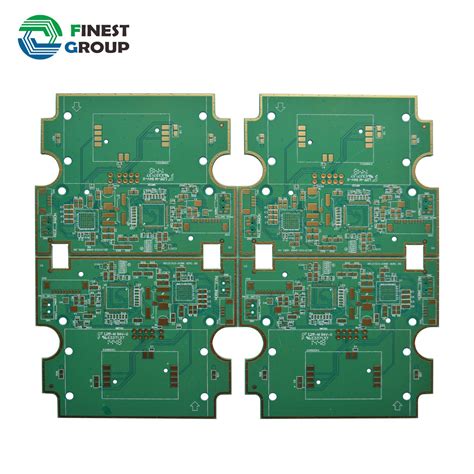
Quality Control Measures in SMT Processes
Ensuring high standards of quality control in surface mount PCB assembly (SMT) processes is vital for successful electronic manufacturing. Implementing rigorous quality control measures can significantly influence the reliability and functionality of the finished product. Key practices include regular inspections during various stages of production, from material input to pcba testing. Automated optical inspection (AOI) systems have become essential tools, allowing for swift detection of defects such as misplaced components or solder joint issues. Furthermore, establishing well-defined standards for component placement accuracy and solder quality enhances production consistency. Utilizing a combination of statistical process control (SPC) and root cause analysis helps in identifying trends that could lead to defects, enabling preemptive actions to maintain quality. By fostering a culture of quality awareness amongst team members and providing ongoing training on the latest inspection techniques, manufacturers can enhance the overall integrity of their pcb assembly processes. Ultimately, a focused approach to quality control not only minimizes rework and waste but also bolsters customer satisfaction through superior product performance.
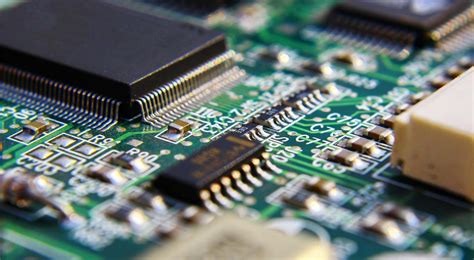
Future Trends in Surface Mount PCB Assembly Technology
As the landscape of pcb assembly continues to evolve, several key trends are emerging that will significantly influence the future of surface mount technology (SMT). One of the most notable trends is the increasing integration of automation and robotics in pcba processes. This shift not only enhances operational efficiency but also reduces the likelihood of human error, thus improving overall product quality. Additionally, advancements in machine learning and artificial intelligence are fostering more intelligent assembly systems that can adapt to varying production demands and optimize impact time. Another important trend is the rise of miniaturization, driving manufacturers to develop even smaller components, which necessitates innovative approaches in surface mount pcb assembly to maintain precision while managing shrinkage. Furthermore, sustainability is becoming an essential focus; companies are exploring eco-friendly materials and energy-efficient practices within their SMT operations. Collectively, these trends highlight a dynamic future for surface mount PCB assembly technology that emphasizes efficiency, responsiveness, and environmental stewardship. As industry professionals adapt to these changes, staying informed about emerging technologies will be crucial for maintaining a competitive edge in the evolving market landscape.
Case Studies: Successful Implementations of SMT Techniques
In the realm of PCB assembly, real-world applications of surface mount technology (SMT) have showcased impressive results across various sectors. For instance, consider a leading automotive manufacturer that adopted SMT techniques to enhance the reliability of their electronic components. By integrating automated placement machines with advanced vision systems, they achieved a notable decrease in setup time and an increase in placement accuracy, thereby reducing defects in their printed circuit board assembly (PCBA) processes. Another pertinent example comes from the telecommunications sector, where a company streamlined their SMT workflows to accommodate rapid changes in product demand. They adopted flexible manufacturing systems that allowed for quick reconfiguration, ensuring they could keep pace with market trends while maintaining high quality in their pcba efforts. The combination of smart technologies and strategic process adaptations not only improved their operational efficiency but also provided them with a competitive edge by significantly accelerating time-to-market. These case studies illustrate the tangible benefits that companies can reap through the application of effective SMT techniques, enhancing both precision and overall efficiency in electronic manufacturing processes.
Conclusion
In summary, mastering surface mount PCB assembly techniques is crucial for enhancing efficiency in electronic manufacturing. By implementing optimized workflows, industry professionals can significantly reduce production time while maintaining high-quality standards in PCBA processes. Understanding key techniques and utilizing appropriate tools contributes immensely to achieving precise pcb assembly results, directly impacting the overall performance of electronic devices. As we look towards future innovations in surface mount technology (SMT), staying informed about emerging trends and potential challenges is essential for continuous improvement and adaptability in the field. The incorporation of effective quality control measures further ensures that each stage of the pcba process meets rigorous standards, fostering reliability and durability in the end product. Engaging with case studies showcasing successful implementations of these strategies provides valuable insights that can guide professionals striving for excellence in their pcb assembly operations.
FAQs
What is surface mount PCB assembly (SMT)?
Surface mount PCB assembly (SMT) is a method used to mount electronic components directly onto the surface of printed circuit boards (PCBs). This technique is known for its efficiency and compact design, making it a popular choice in modern electronic manufacturing.
What are the benefits of using surface mount technology (SMT)?
The benefits of SMT include increased density of components on PCBs, improved electrical performance, and reduced assembly costs. The compact nature of SMT components allows for smaller devices while enhancing reliability in electronic circuits.
How can one enhance efficiency in PCB assembly?
To enhance efficiency in PCB assembly, consider implementing advanced automation techniques, optimizing workflow processes, and ensuring proper training for the assembly workforce. The use of high-quality tools and equipment can also significantly contribute to a smoother assembly process.
What are common challenges faced during surface mount PCB assembly?
Common challenges include component misalignment, heat sensitivity of certain components, and soldering issues. These challenges can typically be mitigated through careful planning and high precision tools to ensure accurate placement and connection.
How important is quality control in SMT processes?
Quality control is crucial in SMT processes to ensure that each component functions correctly within the overall PCBA. Implementing rigorous inspection methods helps identify defects early, reducing the likelihood of failures in the final product.

